Precautions before starting a slurry pump
Precautions before starting a slurry pump. Before starting the slurry pump for the first time, the following steps must be taken to inspect the entire unit:
Precautions before starting a slurry pump. Before starting the slurry pump for the first time, the following steps must be taken to inspect the entire unit:
a) Shaft seal inspection:
Packing seal: Check whether the sealing water used is sufficient and its pressure is normal. Adjust the packing gland to obtain a small stream of water along the shaft. Note that for new pumps, the packing gland is tightened to reduce shaft vibration during transportation.
Mechanical seal: ① External flush mechanical seal: Add about 1 kg of clean flushing water.
② Low-pressure self-circulating mechanical seal: It has a built-in water tank, ensure that the water in the tank is clean and sufficient.
(b) Shaft rotation:
Before operating the pump, use a wrench to rotate the shaft clockwise and see if the shaft drives the impeller to rotate smoothly. If any abnormal noise occurs, it should be eliminated by adjusting the impeller clearance (see pump assembly: impeller clearance adjustment).
c) Motor rotation direction check:
Remove the entire coupling. It should be noted that if the rotation direction is opposite to the arrow marked on the pump, the impeller will loosen and fall off the shaft, causing damage to the pump. Therefore, reverse rotation of the pump is strictly prohibited.
- Start the motor and check its rotation direction. If it is incorrect, correct it to ensure that the pump shaft rotates in the direction indicated by the arrow on the pump body.
- Reinstall the coupling to ensure that the pump shaft and coupling shaft are aligned.
d) Bearing lubrication:
Use thin oil lubrication and add oil to the oil level line according to the oil label before starting the pump. It is strictly forbidden to operate without oil, otherwise, the bearings will be burned.
e) Pump startup:
Check whether the impeller rotates freely and whether the shaft seal is normal. If a shaft seal water is used, check its pressure. The pump should start slowly and adjust the frequency during startup until the pump operates without vibration. Experiments have shown that whenever possible, the pump should be started with water before pumping slurry, and when stopping the pump, water should also be pumped for a while before stopping the pump.
Open the suction pipeline valve (if any) and check for blockages in the pump inlet. Start the pump and motor and bring them to normal speed. If the pump works under suction conditions, follow the provided device’s priming procedure.
After priming the pump, isolate the priming device (if applicable) and check the pressure at the suction and discharge ports (if pressure gauges are installed at both locations).
Check the leakage at the packing. If the leakage is not significant and the packing gland is slightly heated, loosen the gland nut. If it still doesn’t work and the gland continues to heat up, stop the pump to cool down. Loosen the gland nut to the extent that the packing behind the gland can move.
Note: It is normal for the leaked water from the packing to be slightly warmer than the supplied packing water because the leaked water takes away the heat generated by friction inside the packing.
When operating at low pressure (single-stage), only a small amount of leakage is needed, as low-pressure pumps can operate with a small amount of leaking packing water. The pump does not need to be immediately stopped unless it emits hot steam or smoke.
Packing heating is usually encountered only when starting the pump, specifically when starting the pump for the first time and the packing heats up. The general method is to start-stop-cool down, starting 2-3 times until the packing runs in well with the shaft sleeve.
A better solution to packing heating is to allow the leakage to exceed the rated value when starting the pump, and then adjust the leakage to the desired value using the gland bolts after the pump has been running for 8-10 hours…
If the packing always heats up, it should be replaced.

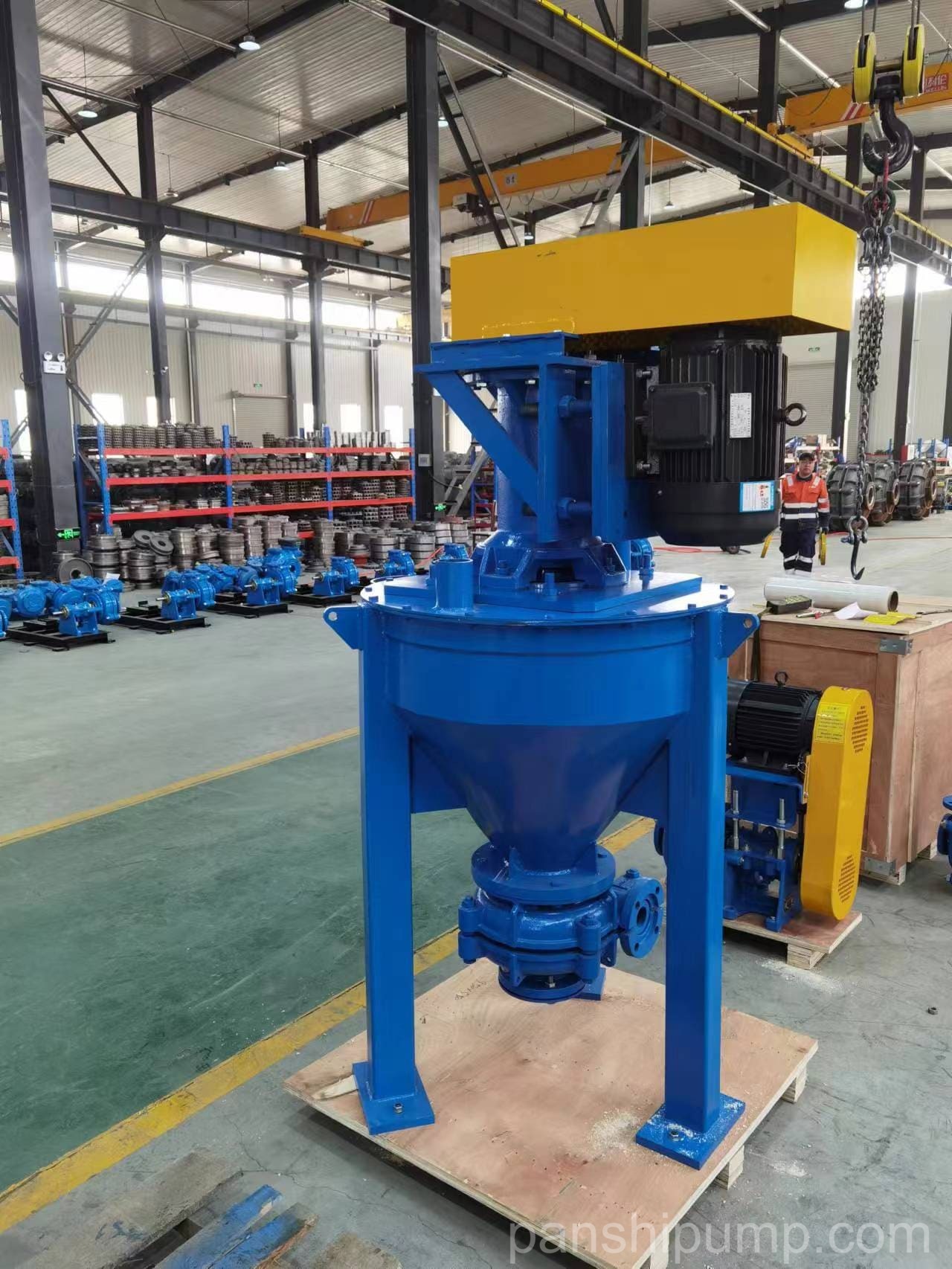
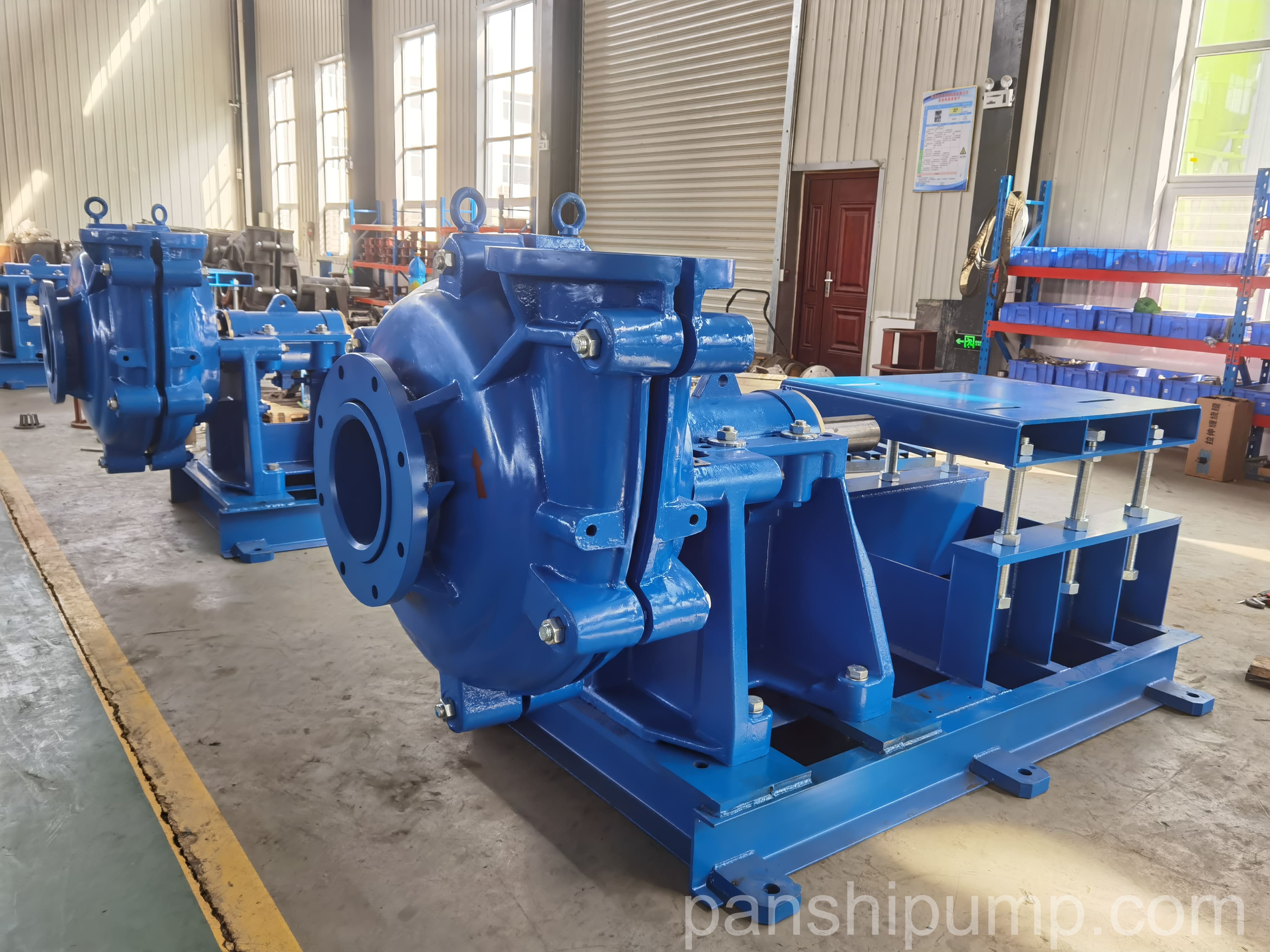
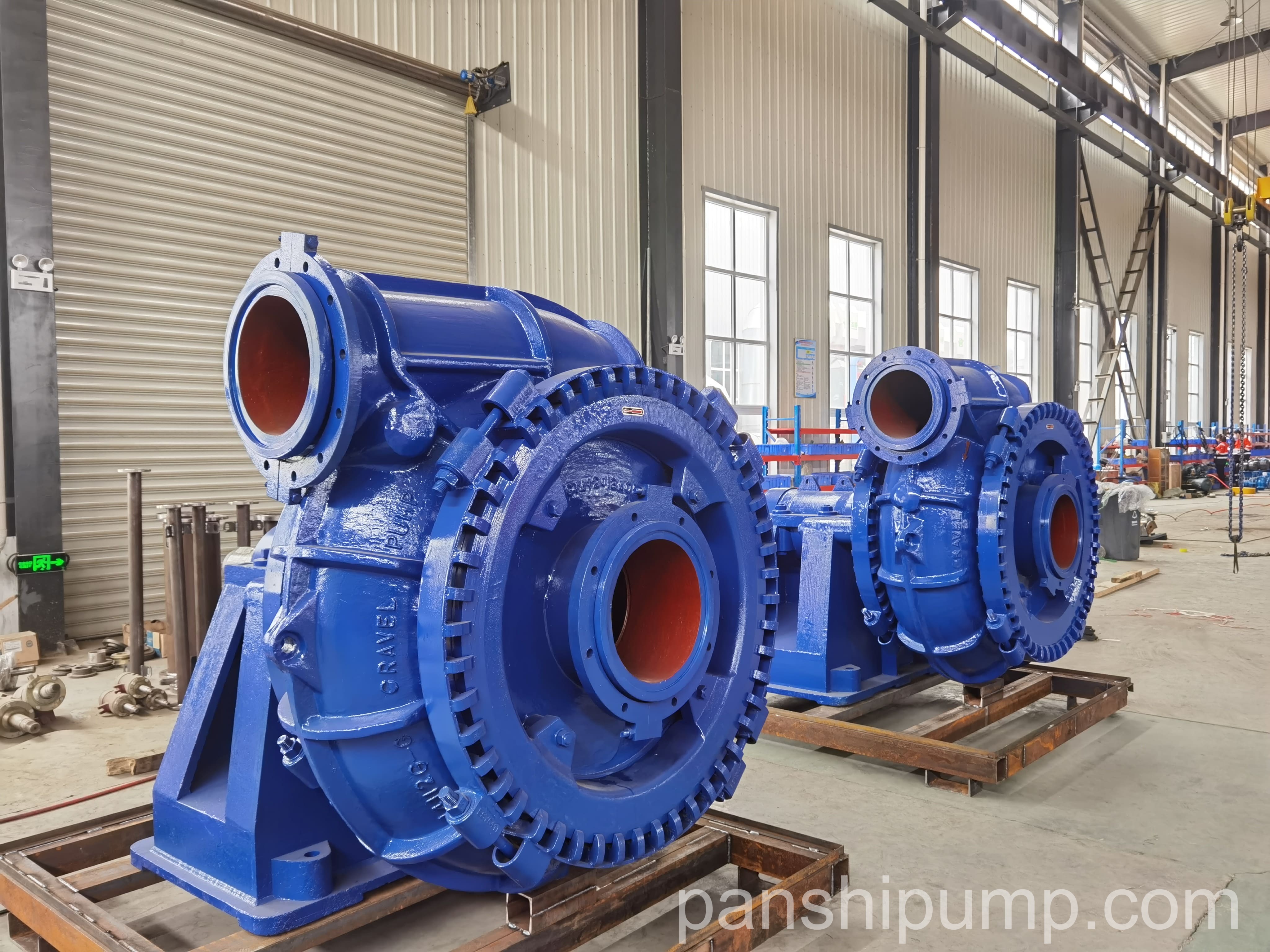
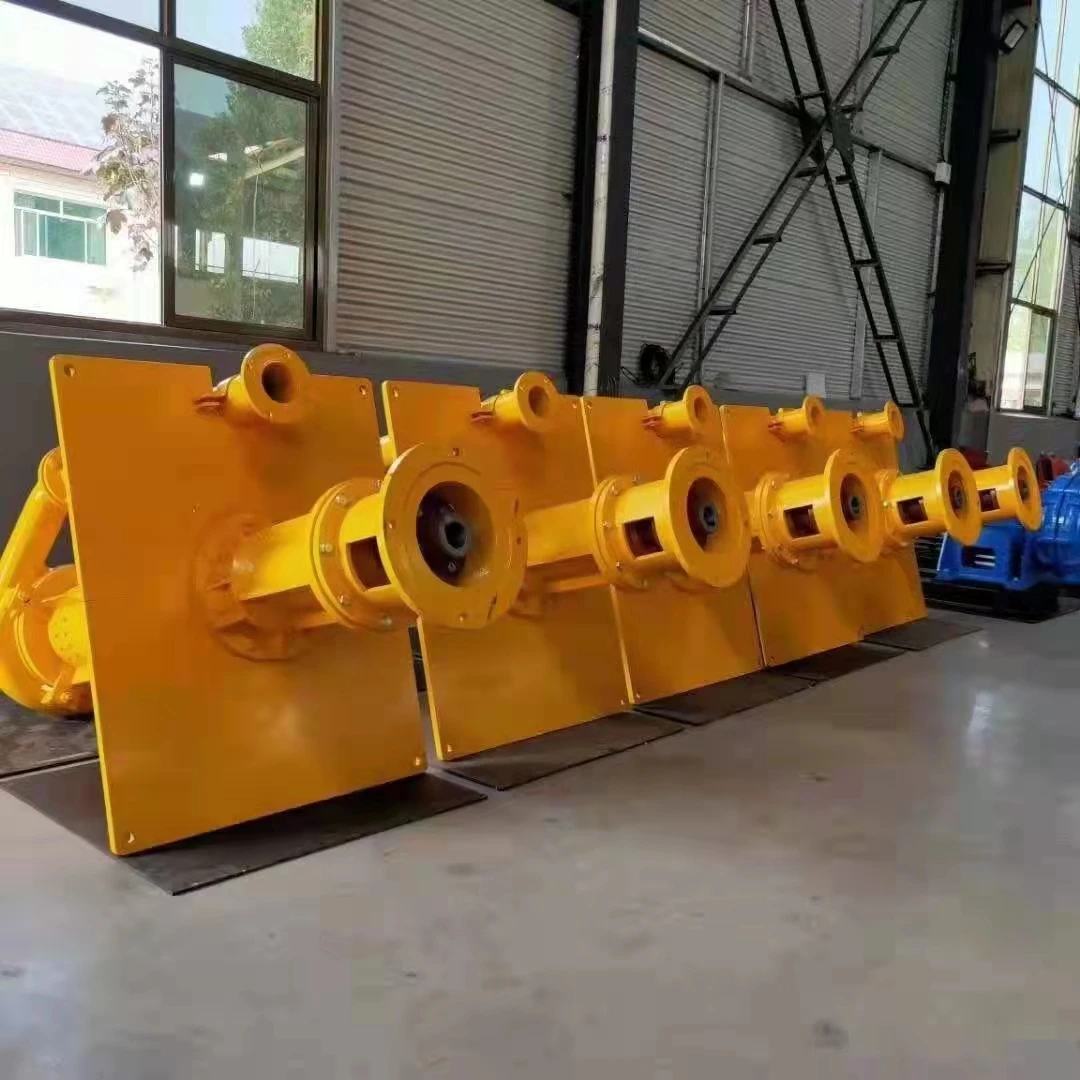
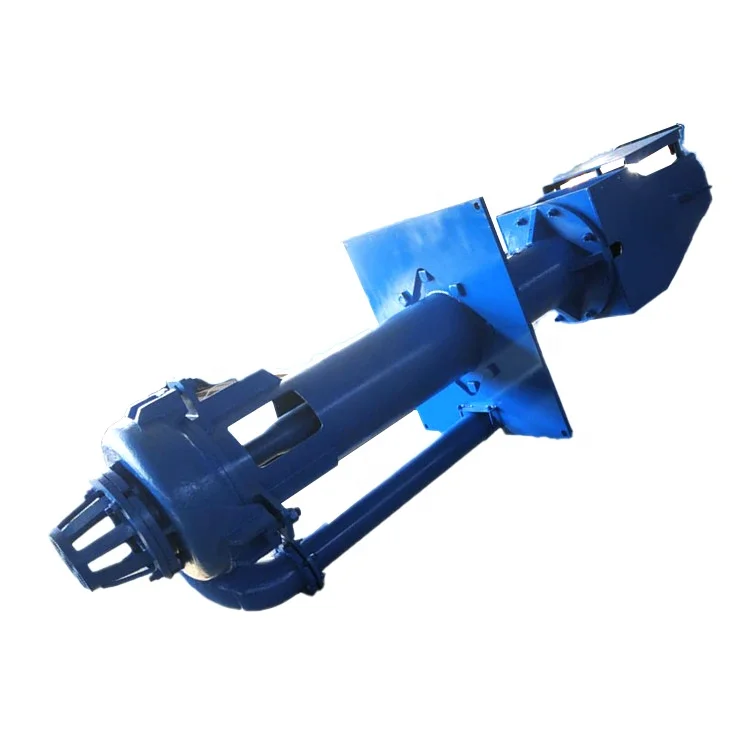
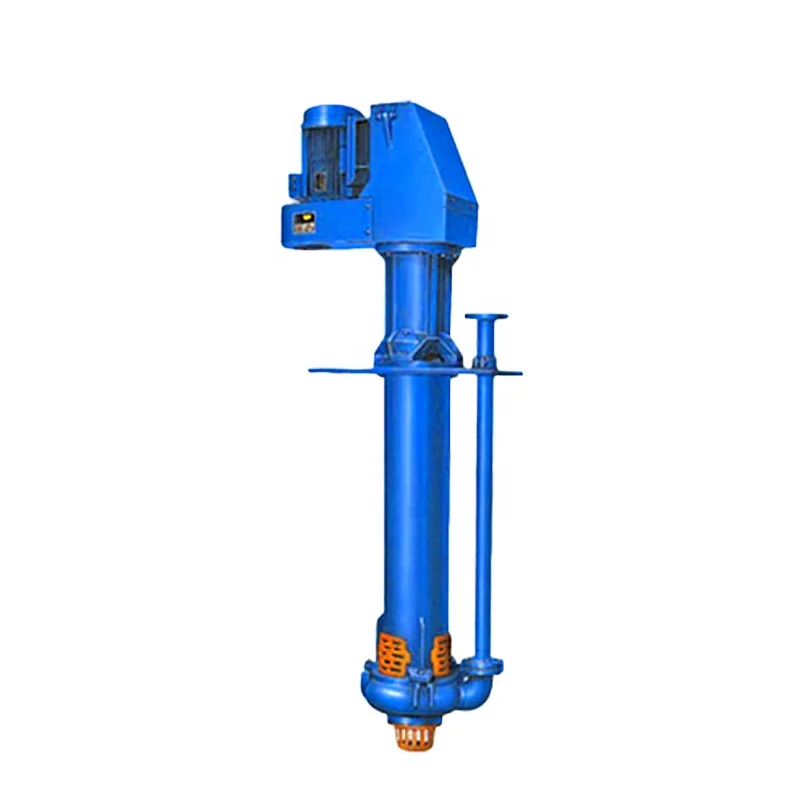
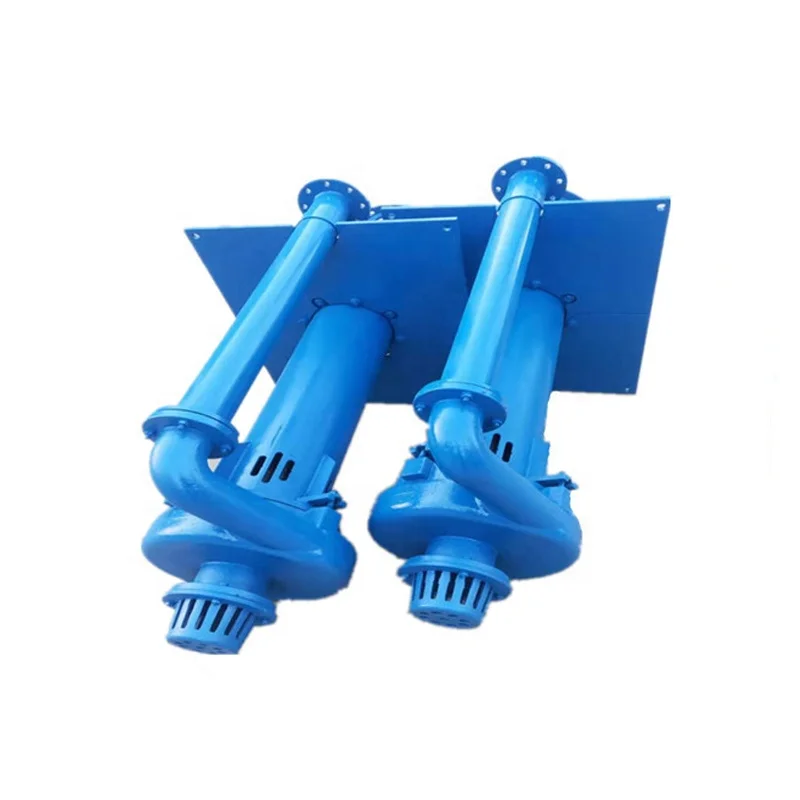
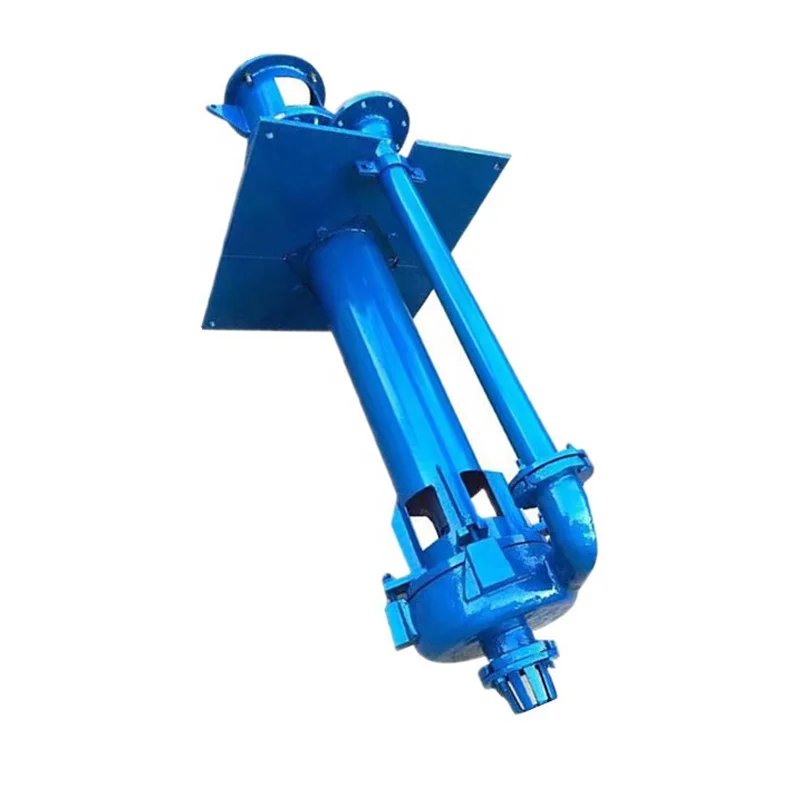
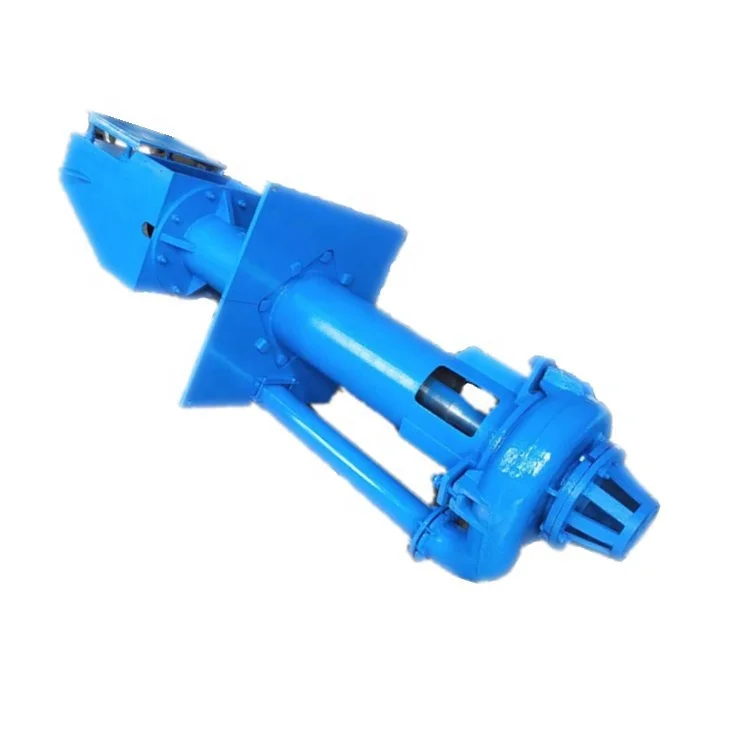
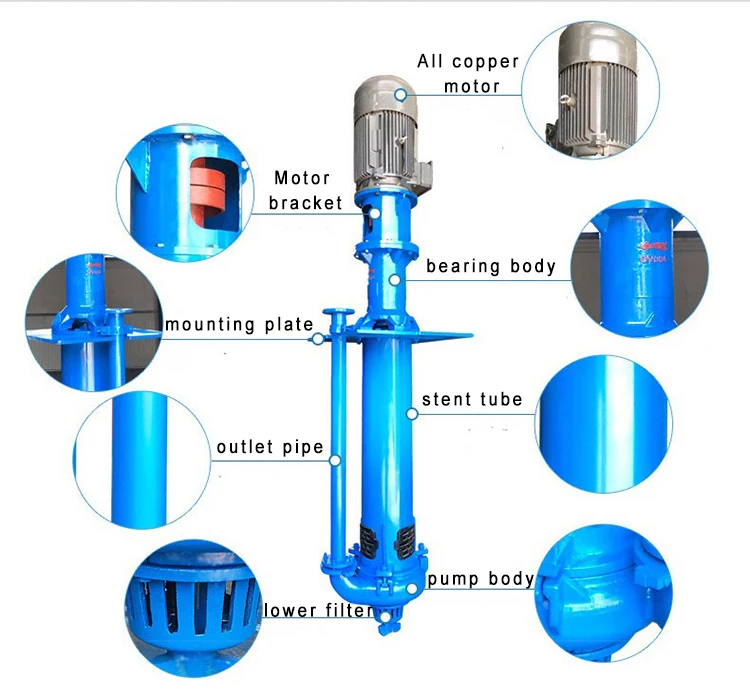
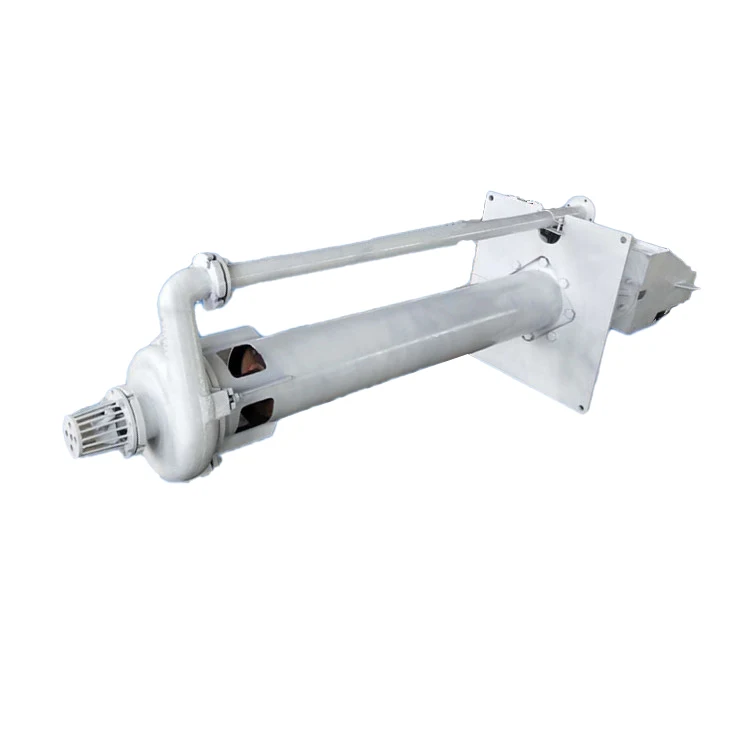
Please login to write a comment after